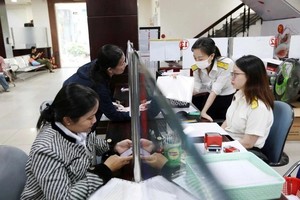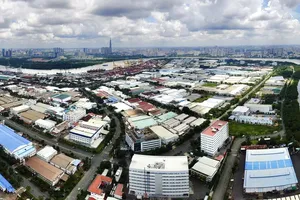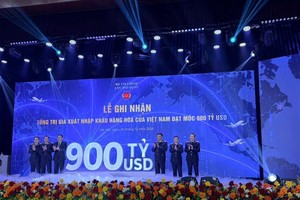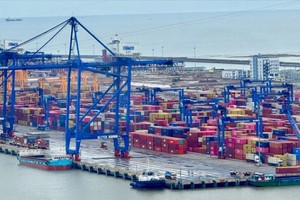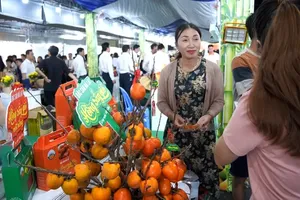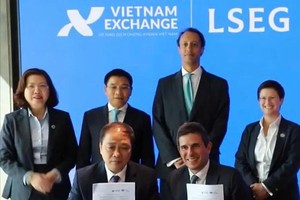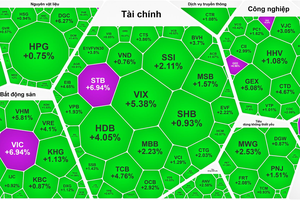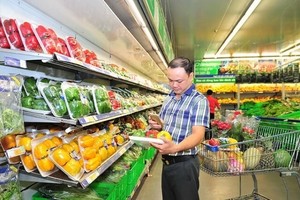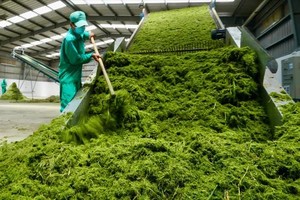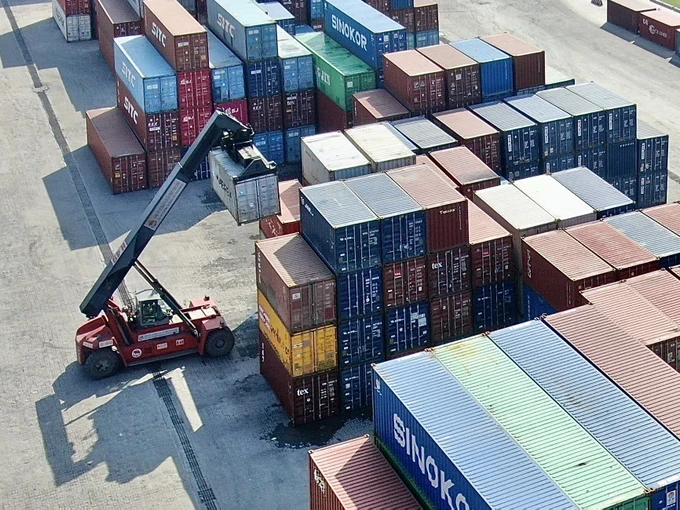
However, experts warn that economic and political uncertainties worldwide could create significant barriers for global trade in 2025, posing new challenges for exporters.
Rising trade barriers and logistics costs
Chairman Nguyen Ngoc Hoa of the Ho Chi Minh City Business Association warned that export enterprises must recognize the growing wave of protectionist policies worldwide. Many countries are implementing tariffs, import quotas, and trade defense measures to shield domestic industries, creating new challenges for Vietnamese businesses.
In addition, rising localization requirements and soaring logistics costs are tightening supply chains. Ms. Nguyen Thi Thu Tuyet, a representative of Mova Plus Vietnam Import-Export, Trade and Service Company, noted that since early 2024, shipping costs for a 40-foot container to Europe and the U.S. have surged by 200 percent compared to 2023. These costs are expected to rise further, adding pressure on exporters navigating an increasingly complex global market.
The erection of trade barriers by importing countries necessitates significant adaptation on the part of domestic exporting enterprises.
The case of Newtoyo Aluminum Foil Packaging Company serves as a compelling example. This company has proactively responded to these challenges by undertaking a comprehensive overhaul of its production line. This includes the implementation of measures to minimize emissions and energy consumption, as well as the strategic adoption of environmentally friendly raw materials with high post-consumer recycling rates, demonstrating a proactive approach to navigating the evolving global trade landscape.
In particular, the company must purchase carbon credits from the Singapore market to serve export activities this year, meeting the green trade standards applied by many markets around the world.
Advantages from FTAs
Besides the challenges, Vietnamese enterprises are gaining advantages from free trade agreements (FTAs). For example, the Comprehensive and Progressive Agreement for Trans-Pacific Partnership (CPTPP) is facilitating access to the Asia-Pacific market with preferential tariffs. The Vietnam - EU Free Trade Agreement (EVFTA) helps Vietnamese enterprises expand their market to the EU with 99 percent of tariff lines being eliminated according to the roadmap.
In 2024, Vietnam's food processing industry continued to record significant growth, maintaining an increase of 7.8 percent over the same period last year, revealed Chairwoman Ly Kim Chi of the Ho Chi Minh City Food and Foodstuff Association. Moreover, revenue from the food and beverage industry in 2024 also increased by 10.92 percent compared to 2023. These figures show that Vietnam's food processing industry is on the rise, making an important contribution to the national economy, said Chairwoman Ly Kim Chi.
Meanwhile, analyzing the US's imposition of high tariffs on many import items, Nguyen Anh Duc, Chairman of the Vietnam Retailers Association and General Director of the Ho Chi Minh City Union of Trading Cooperatives, commented that this will have a major impact on commodity prices, supply chains and global consumer behavior.
Rising tariffs drive up costs, threatening export competitiveness. The introduction of new tariffs in multiple countries, including key suppliers of raw materials to Vietnam, is driving up import costs. As production expenses rise, the price of goods is set to increase, posing a direct challenge to the competitiveness of Vietnamese export enterprises in the global market.
Rising tariffs will also drive up prices for imported goods in Vietnam, including technology, automobiles, high-end fashion, and food. This shift is expected to give domestic producers a competitive edge, as consumers increasingly turn to locally made products of comparable quality.
The export market in 2025 brings both challenges and great opportunities for Vietnamese enterprises. Amid the ever-changing dynamics of globalization, They must prioritize flexibility, innovation, and a spirit of constant adaptation to not only survive but also thrive in the increasingly competitive international market, said Dr. Tran Du Lich, a member of the National Monetary and Financial Policy Advisory Council cum head of the advisory council for the National Assembly-approved Resolution 98.
Chairman Kevin Morgan, Board of Directors of the US-Vietnam Business Council: Agricultural exports poised for growth, but U.S. market requires strategic planning
Being the world's largest importer, the US is poised to retain its dominant position in the global import market for years to come. The introduction of tariffs on goods from other countries could provide Vietnamese exports with a competitive edge.
Currently, it is difficult to accurately determine the specific impact of the new trade and tariff policies on Vietnam's exports. However, he believed that Vietnam's export opportunities in the coming period will continue to focus on the groups of textile and garment, footwear, seafood, electronics, components, and wooden furniture. Vietnam's agricultural products and fresh fruits have strong market expansion opportunities, supported by advancements in preservation technology and distribution networks.
He advised Vietnamese businesses to closely monitor developments in US trade policy and stay updated with the latest information to make informed business decisions.



